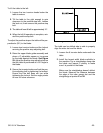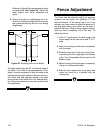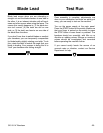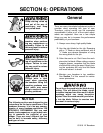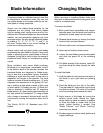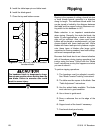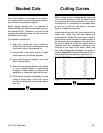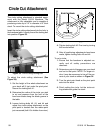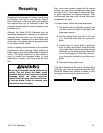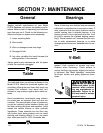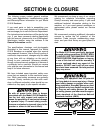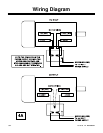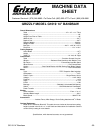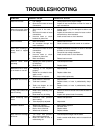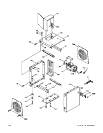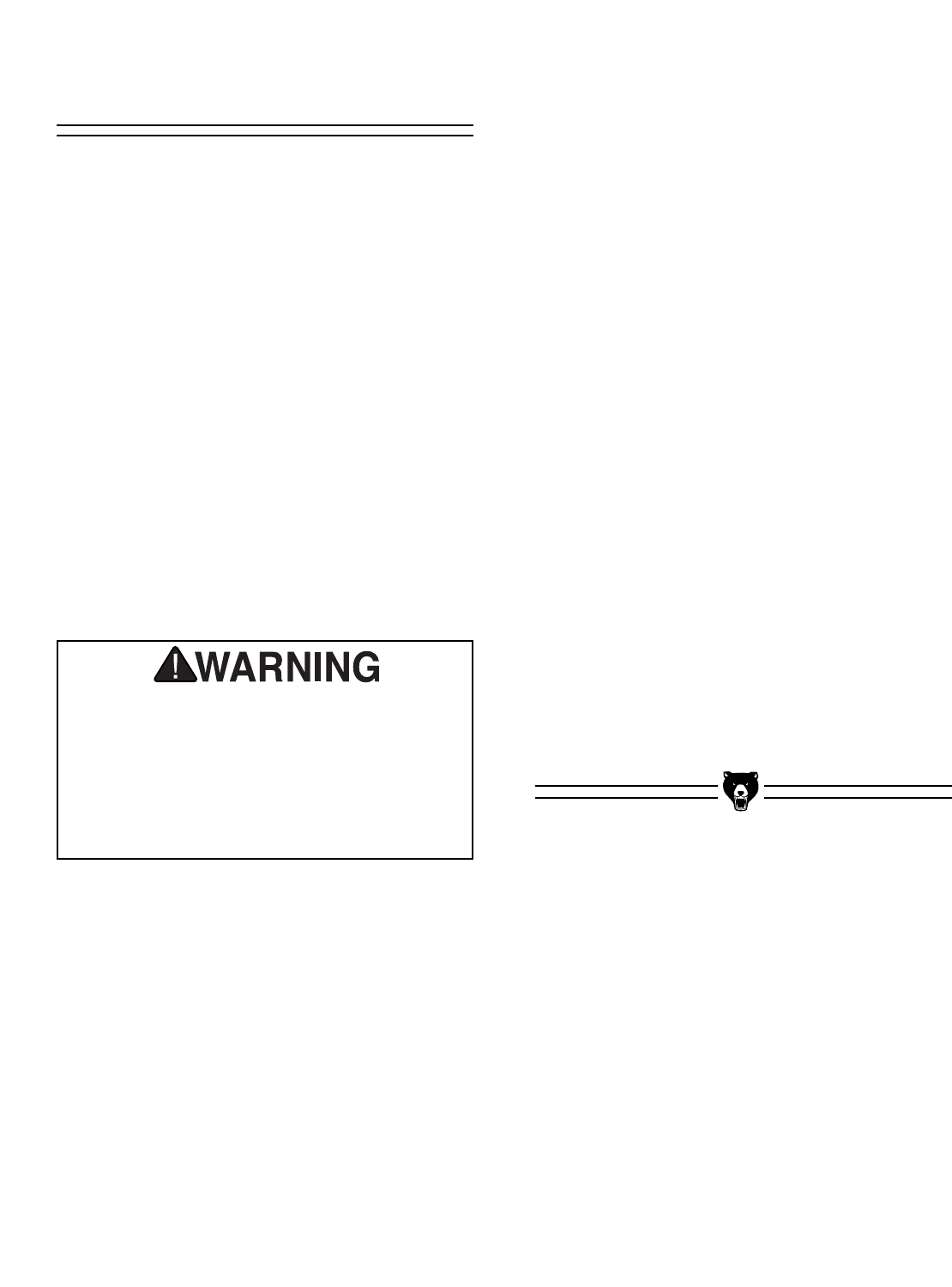
G1019 14'' Bandsaw -31-
Resawing
Resawing is the process of cutting a board along
its thickness into two or more thinner boards.
Each new board is the same width and length as
the original board, but the thickness is less. The
maximum board width that can be resawn on this
bandsaw is 6
1
/4".
Although the Model G1019 Bandsaw was not
specifically designed for resawing, it is capable of
resawing when the saw is set up properly. Use
common sense – attempting to resaw a board that
is too wide or too dense may put excessive strain
on the blade and be unsafe.
Similar to ripping, blade selection is an important
consideration when resawing. When selecting a
blade, keep in mind that a wider blade is easier to
control. The blade should be of high quality in
order to handle the increased stress. In most
applications a hook or skip tooth style will work
fine.
Also, since most resawn lumber will be planed
smooth, you can choose blades with fewer teeth
per inch (3 to 6). These types of blades offer larg-
er gullet capacities for clearing sawdust. They
also produce less heat build up and yield more
horsepower per tooth.
To resaw lumber, follow the procedure below:
1. The blade must be adjusted correctly and
the table must be square to the blade. See
Adjustment section.
2. Use the widest blade that will fit this saw
(
3
/4"). The blade must also be in good con-
dition.
3. Use the fence or a pivot block to guide the
work. If using a pivot block, clamp the block
to the table next to the fence at the desired
distance from the blade and mark the line of
cut on the workpiece. Follow the mark dur-
ing cutting while using the pivot block as a
guide.
4. Feed work slowly and evenly.
If the blade wanders off the line of cut when using
the fence, you may be experiencing blade lead.
Read the “Blade Lead” section for ideas on why
this happens and what you can do about it.
Do not force the wood into the blade during
cutting. This will distort the blade, cause
excessive heat and can often result in blade
breakage which can cause laceration
injuries. Feed the wood smoothly and slow-
ly into the blade. Failure to exercise care
can result in serious injury.



